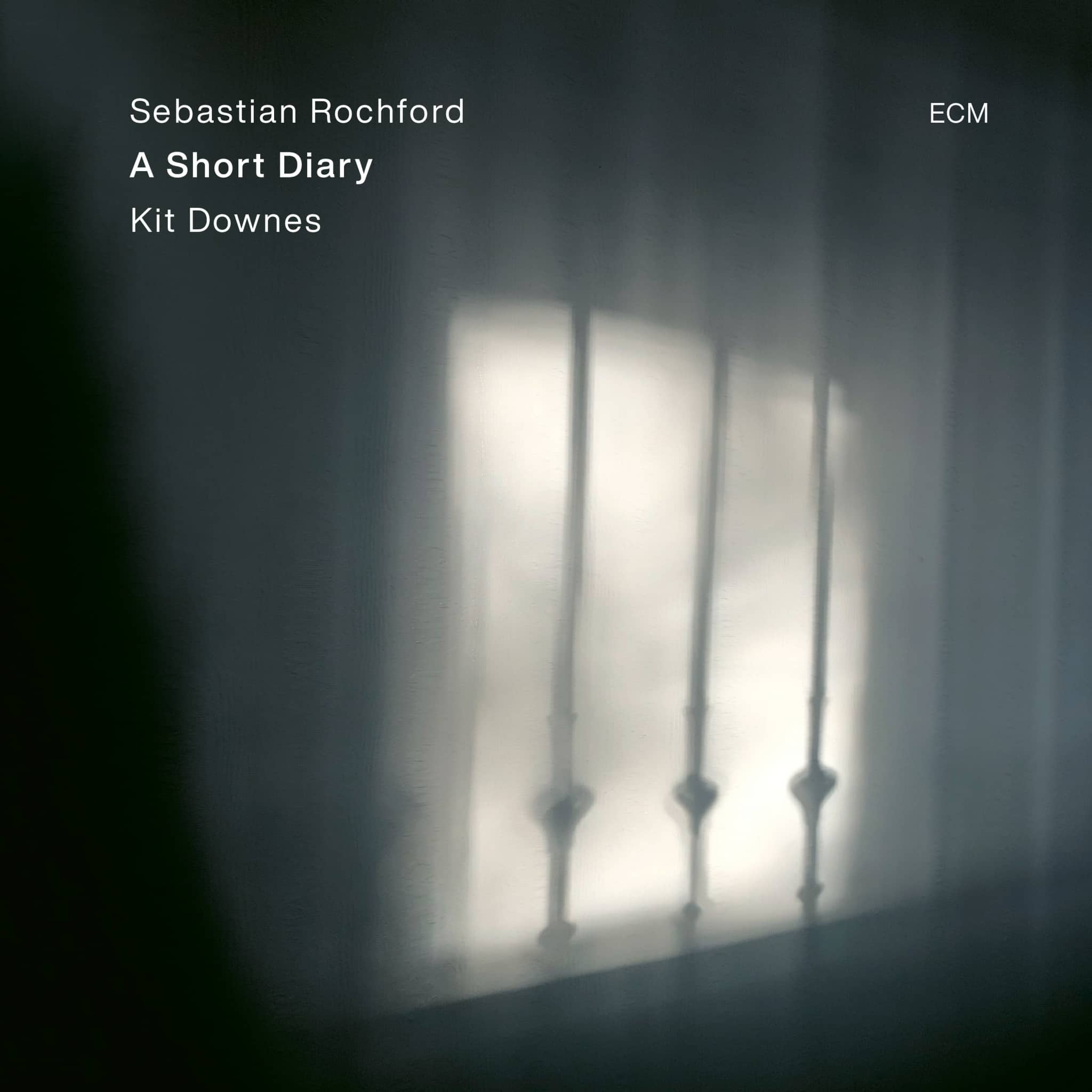Album insights
Muzio Clementi, born in 1752 in Rome, settled in London in 1774 as a freelance musician after spending his youth with Sir Peter Beckford in Dorset. By the early 1780s, he established himself as one of the pioneering traveling virtuosos, touring cities like Paris and Vienna. From 1785 to 1802, Clementi flourished in London, excelling as a composer, pianist, and teacher, gaining fame in the city's vibrant music scene. However, with the rise of young pianists in the 1780s, Clementi faced challenges, including comparisons to Haydn during his London concert seasons.
In the later 1790s, Clementi focused on teaching, instructing affluent families' children, as well as aspiring musicians like J. B. Cramer and John Field. His compositions varied in difficulty, with works like the Sonata in G minor op. 34 No. 2 showcasing his ability to blend contrasting styles. The Opus 36 Sonatinas catered to less advanced students, progressing gradually in technical demands. Conversely, the Opus 37 Sonatas were technically intricate works, each displaying Clementi's unique style and compositional prowess.
Clementi's work, including the Sonata in C major op. 46, released in 1820, revealed his continued output over the years. This piece, dedicated to his colleague F. Kalkbrenner, captured elements reminiscent of his earlier compositions, featuring richly layered movements and diatonic structures. Throughout Clementi's career, he seamlessly combined traditional themes with innovative techniques, setting a standard that endured through the centuries.



